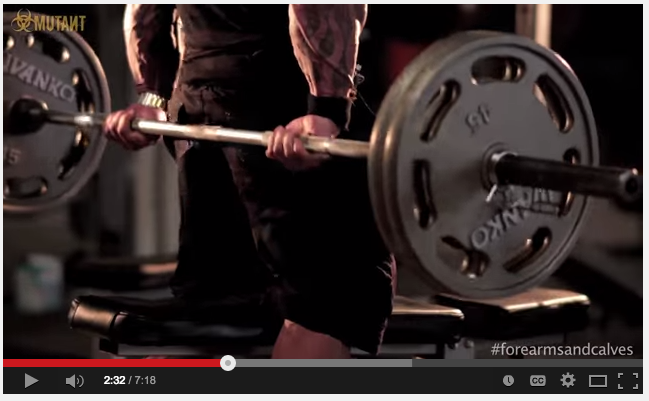
Which is a correct and safe volley grip aka serving grip in Tennis? One where hand is clearly on the handle or the one where some fingers are resting on the handle? Images screenshot from the video here.
I trained very intensive weeks tennis where my baby finger and ring finger got damaged/painful/non-flexible due to holding the racket so that only 3-4 fingers on the holding -- video about training here -- this was because I used more the grip where some fingers were not totally on the grip so strong swing put intensive stress to the baby finger and ringer finger. Initially, physiotherapist said that it is only tight muscles so 1 week's rest. Now I realise that my right-hand muscles are far stronger on my holding hand and that the tension is getting lower and morning hardness is becoming less. Yet the feeling in the serving hand is not the same as in the other hand, this may be a good (muscles/bones getting stronger used to playing tennis or I am using a wrong technique). Now I am uncertain:
Should I change my serving grip and my volley grip so that all of my fingers are on the handle of the racket (picture on the left) or half finger, one finger or 2 fingers over the handle (picture on the right)?


